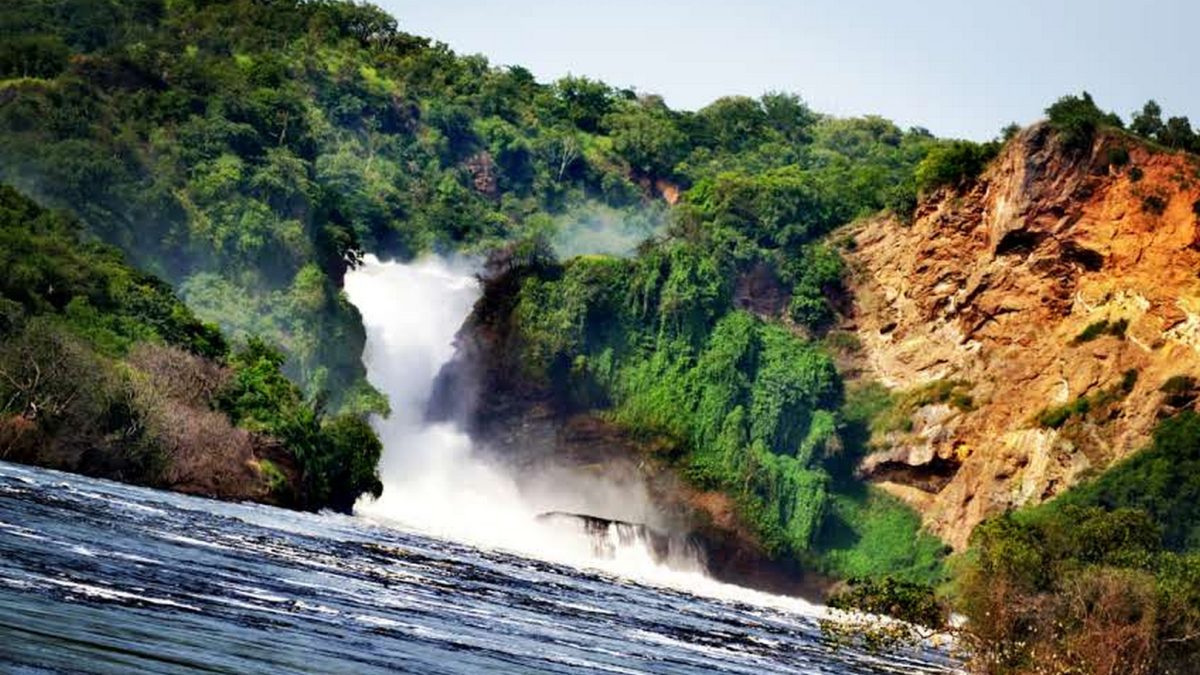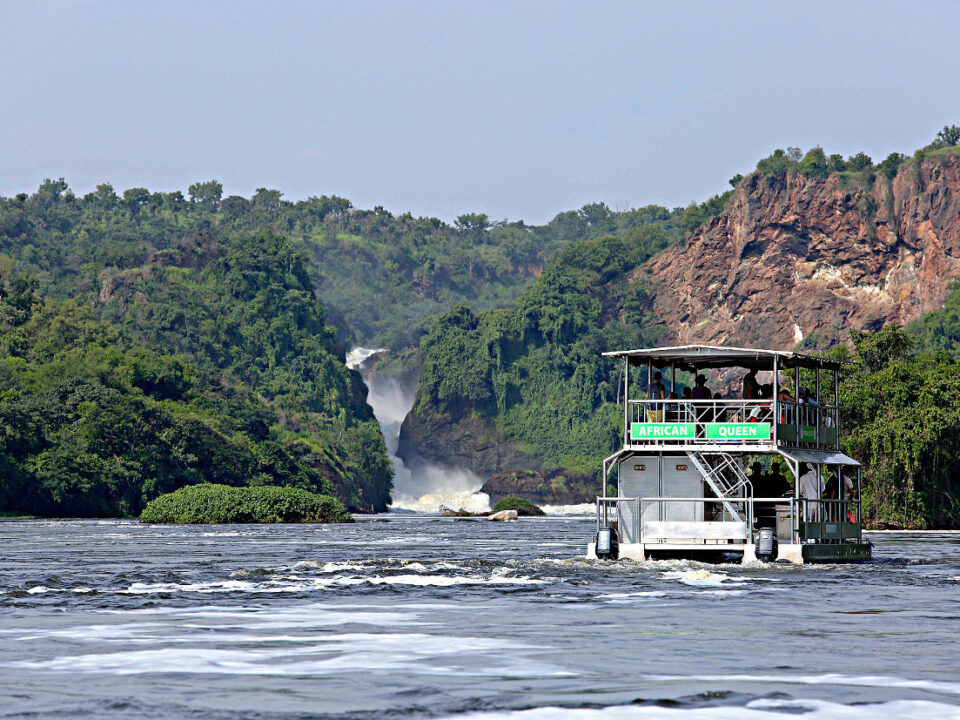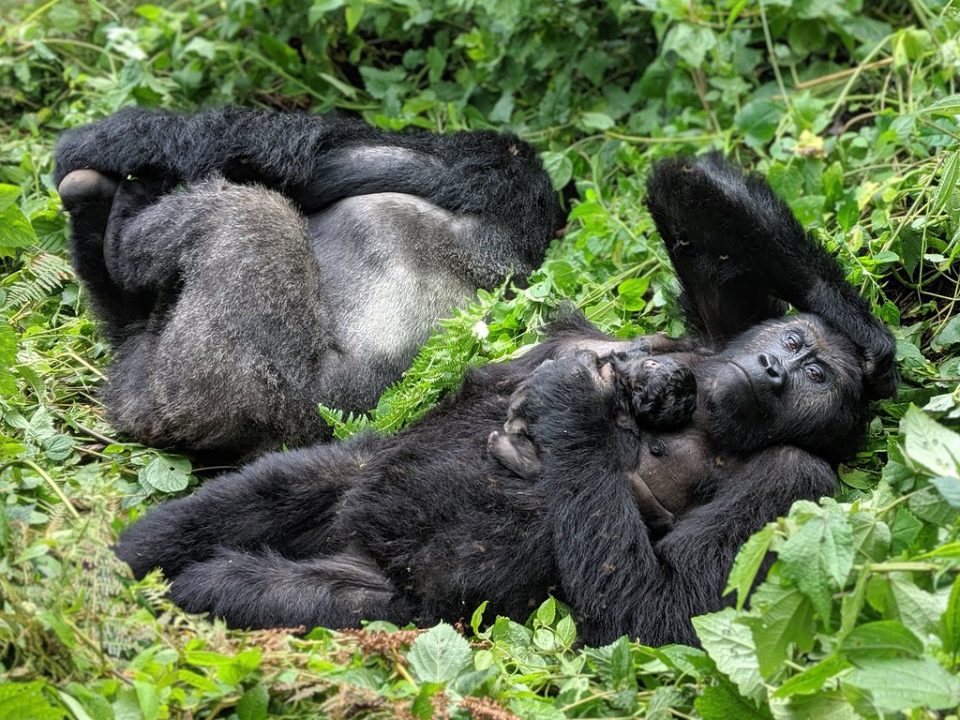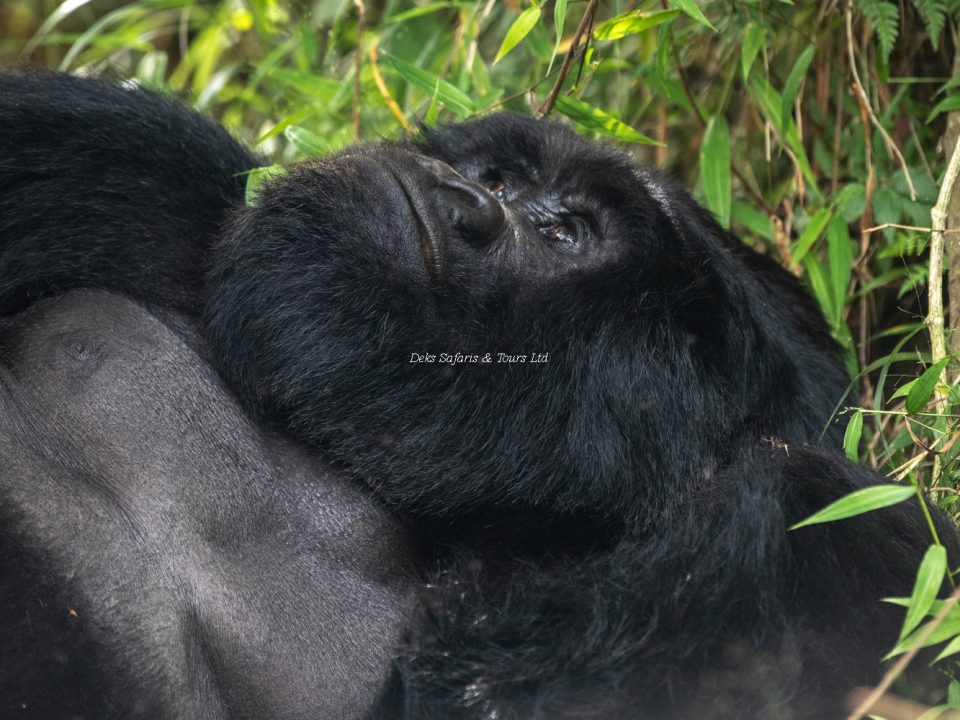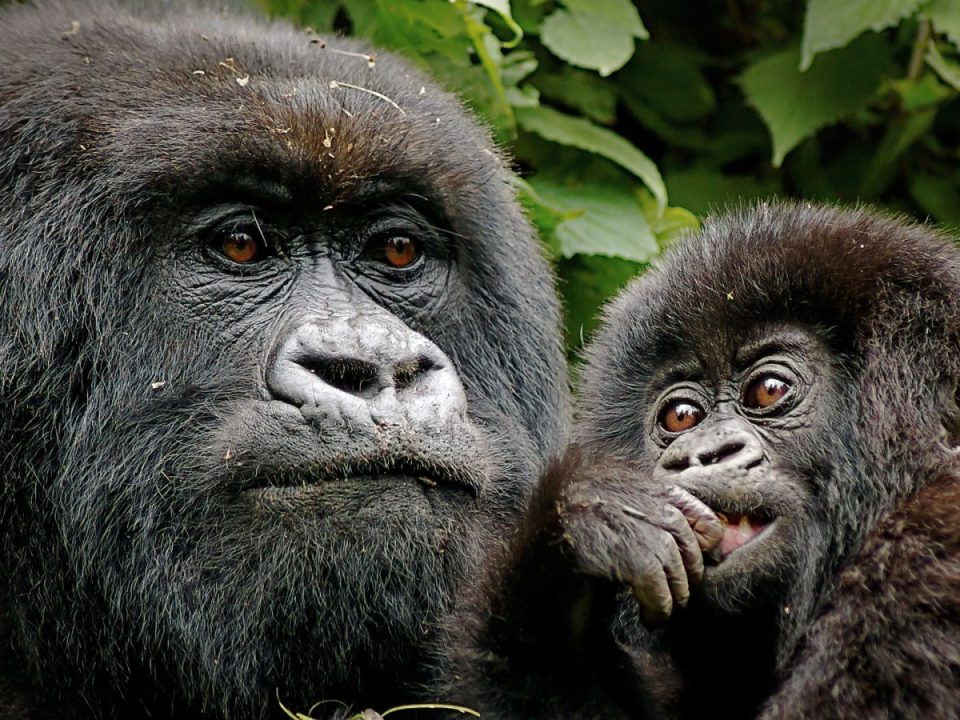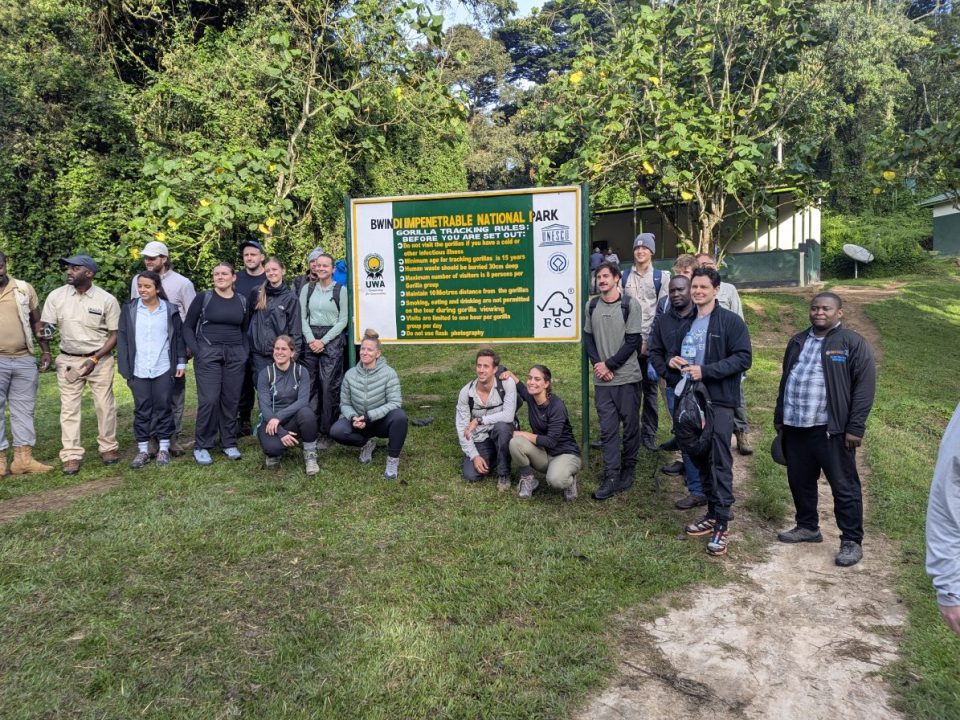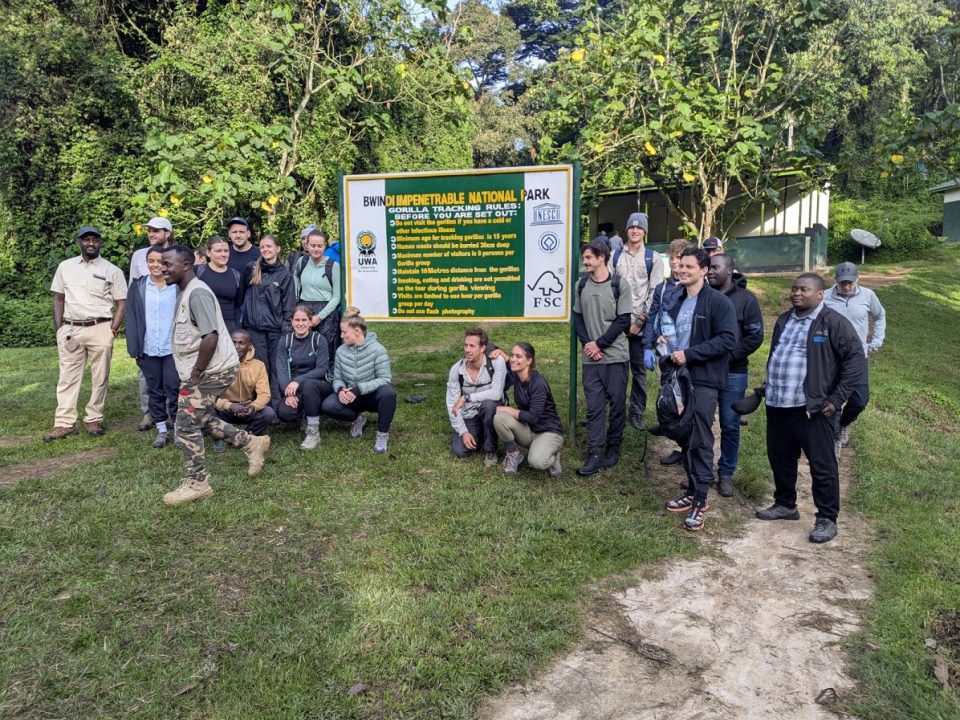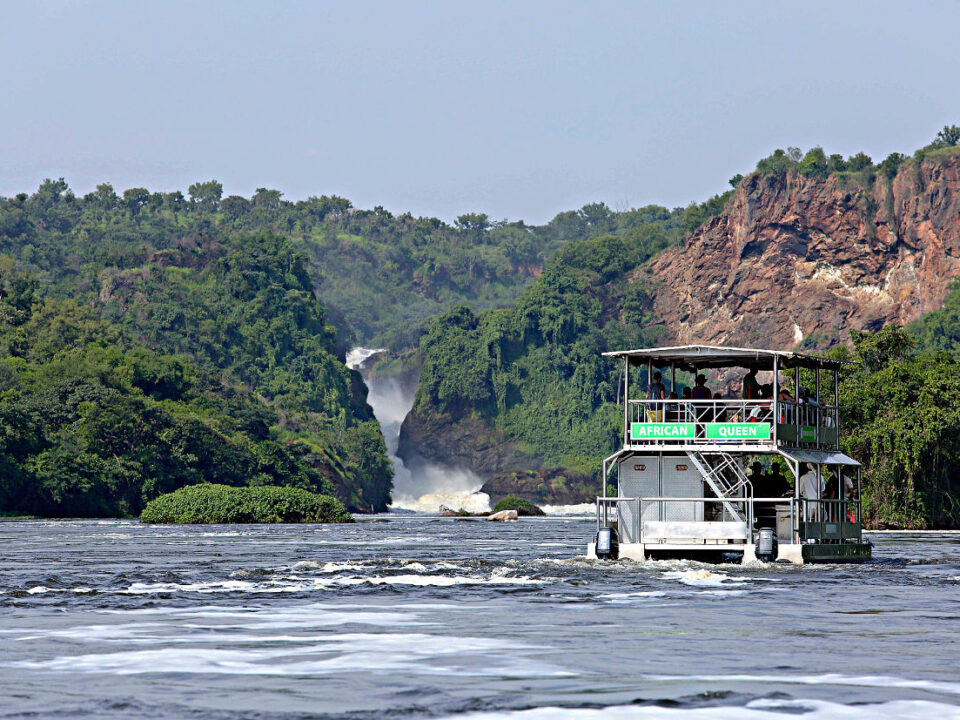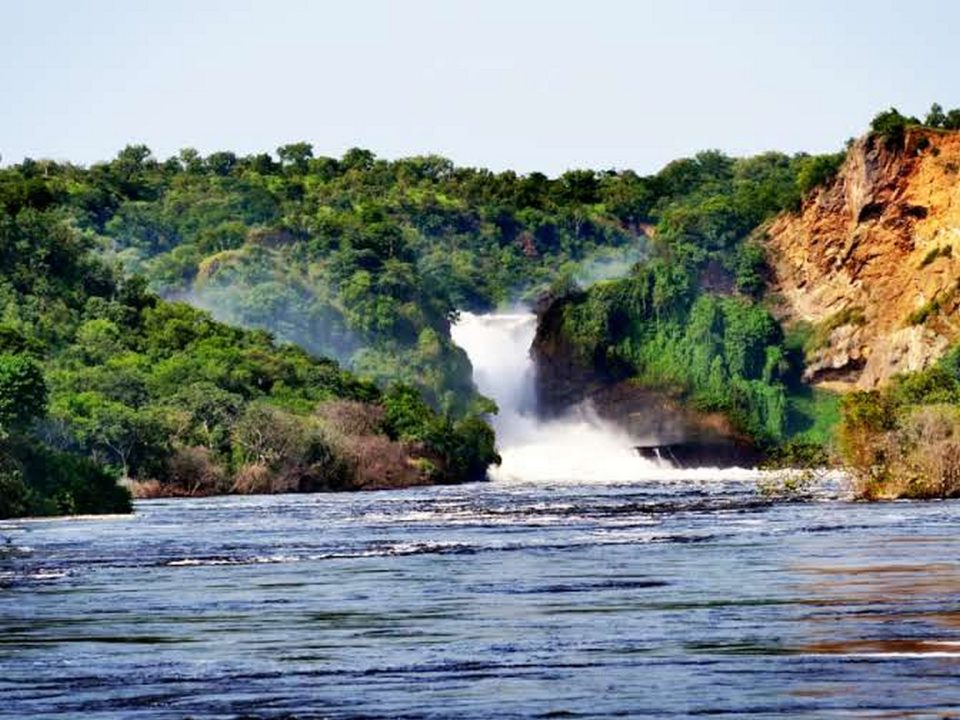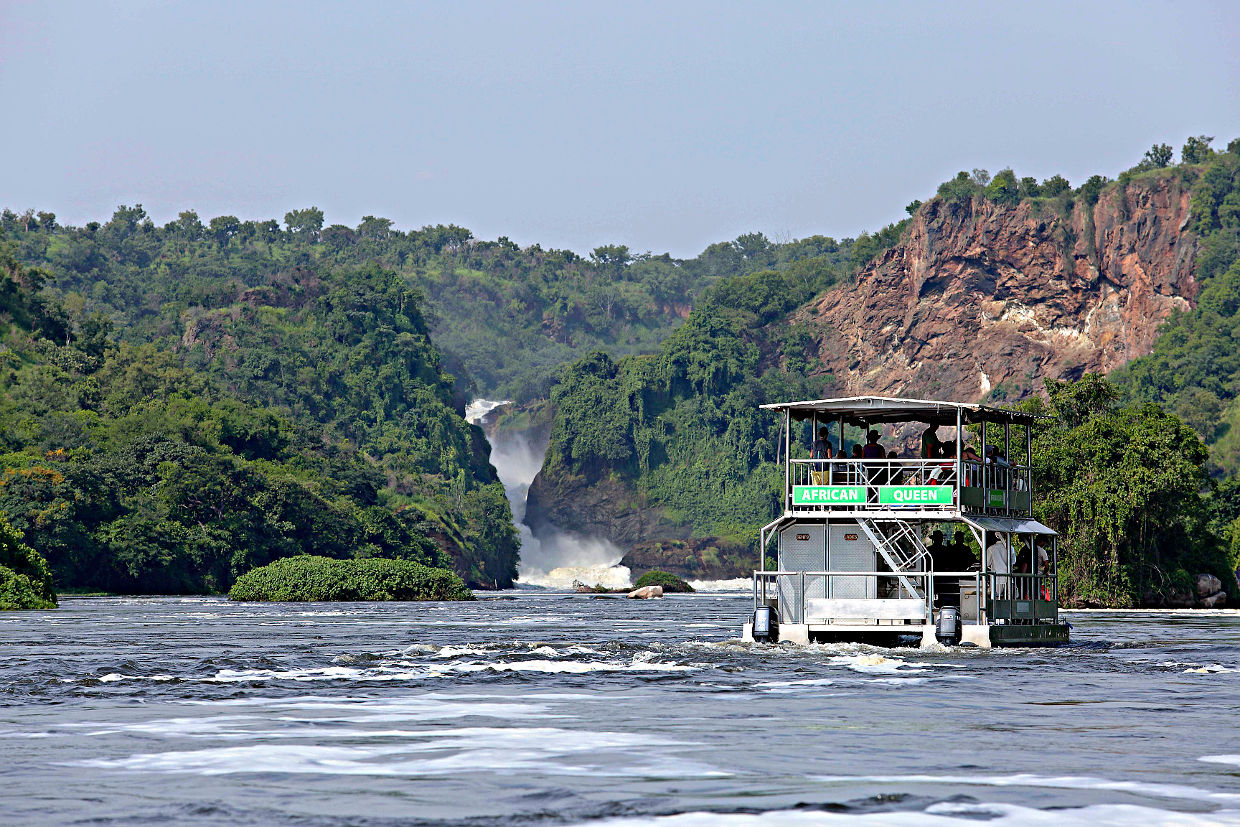
How Does Tourism Impact Murchison Falls National Park?
April 6, 2025What is Being Done to Combat Poaching in Murchison Falls National Park?
What is Being Done to Combat Poaching in Murchison Falls National Park? Murchison Falls National Park, one of Uganda’s most prominent wildlife reserves, is home to a rich diversity of flora and fauna, including the Big Five—lions, elephants, leopards, buffaloes, and rhinos. However, despite its ecological significance, the park has long faced the devastating threat of poaching. Poaching, which includes the illegal hunting, capturing, and killing of wildlife, has posed a significant challenge to the park’s biodiversity and conservation efforts. This article, by Deks Safaris and Tours Ltd, explores the extensive measures being taken to combat poaching in Murchison Falls National Park, highlighting the role of anti-poaching units, community involvement, technological advancements, and broader conservation initiatives.
The Impact of Poaching on Murchison Falls National Park
Poaching has been one of the most severe threats to the wildlife of Murchison Falls National Park. This criminal activity not only puts endangered species at risk but also undermines the park’s ecological balance. Species like elephants, giraffes, and rhinos have been targeted by poachers due to their valuable tusks, skins, and other body parts. The consequences of poaching are far-reaching, as it leads to the decline of wildlife populations, disturbs the natural ecosystem, and impacts the livelihood of local communities who depend on tourism.
In particular, elephant poaching has been a significant concern. The park is home to a considerable population of elephants, but their numbers have been severely reduced in past decades due to illegal ivory trade. Similarly, the rhinoceros population, which once thrived in Murchison Falls, was decimated by poaching, leading to the disappearance of the species from the park until the reintroduction efforts took place. Therefore, addressing poaching in Murchison Falls is crucial not only for the survival of these species but also for the overall health and sustainability of the park’s ecosystem.
Strengthening Law Enforcement: Anti-Poaching Units and Patrols
One of the most effective methods to combat poaching in Murchison Falls National Park has been the establishment and strengthening of dedicated anti-poaching units. These specialized teams are tasked with protecting the park’s wildlife from poachers, preventing illegal activities, and responding to wildlife crime incidents.
- Uganda Wildlife Authority (UWA) Rangers: The Uganda Wildlife Authority (UWA) is the principal body responsible for managing national parks in Uganda, including Murchison Falls. UWA employs a highly trained team of park rangers who are stationed throughout the park to monitor and protect wildlife. These rangers engage in regular patrols, both on foot and by vehicle, to detect and disrupt illegal activities. Rangers are also equipped with advanced technology, such as GPS devices, radios, and night-vision tools, to enhance their effectiveness in tracking poachers.
- Collaborative Efforts with Local Law Enforcement: In addition to UWA rangers, Murchison Falls National Park benefits from collaboration with other local law enforcement agencies. The Ugandan police, military, and border security forces are often involved in anti-poaching efforts, particularly when tackling organized criminal syndicates responsible for illegal wildlife trade. This joint approach enhances the park’s ability to respond swiftly and effectively to poaching incidents.
- Use of Technology and Drones: One of the most innovative developments in anti-poaching efforts has been the integration of technology. Drones are now commonly used for aerial surveillance of the park, providing real-time intelligence on poaching activities. Drones help cover vast areas of the park, especially remote and difficult-to-reach regions, where poachers might operate undetected. The use of advanced monitoring systems and camera traps further aids in the detection of suspicious activity, allowing rangers to respond promptly to any signs of poaching.
Community Involvement and Awareness Programs
Combating poaching in Murchison Falls National Park requires more than just enforcement and technology—it also involves the local communities that live around the park. These communities play a critical role in the success of anti-poaching efforts, as they are often the first line of defense when it comes to reporting illegal activities and preventing poaching.
- Community Engagement: Local communities living near the park are often dependent on its resources for their livelihoods. In many cases, communities may turn to poaching as a source of income. Therefore, one of the most effective ways to reduce poaching is by providing alternative sources of income for these communities. Tourism, particularly eco-tourism, has proven to be a sustainable way to involve local people in conservation efforts. By becoming involved in guiding, hospitality, and cultural programs for tourists, local residents can earn a living while also contributing to the preservation of wildlife.
- Education and Awareness: Education is also a vital component of the fight against poaching. Many communities may not fully understand the ecological importance of preserving wildlife or the long-term benefits that tourism can bring. To address this, various non-governmental organizations (NGOs) and government initiatives work to raise awareness in local communities. These programs focus on educating people about the environmental and economic importance of conservation and the detrimental effects of poaching on both wildlife and the local economy.
- Community Rangers and Scouts: Some community members are directly involved in anti-poaching efforts through training programs that enable them to serve as community rangers or scouts. These individuals patrol the borders of the park and work with UWA rangers to monitor wildlife activity. By involving local communities in conservation, the park creates a sense of ownership and responsibility, which is crucial for the long-term success of anti-poaching strategies.
The Role of Technology and Modern Surveillance Systems
Modern technology has revolutionized the way poaching is combated in Murchison Falls National Park. Beyond drones, the park is equipped with a range of cutting-edge tools that help detect and prevent illegal activities. Surveillance cameras, infrared sensors, and satellite imagery have all been incorporated into the park’s security systems, allowing for real-time monitoring and rapid response to potential poaching incidents.
- GPS Tracking and Radio Collars: GPS collars are fitted on some of the park’s key wildlife species, particularly elephants, rhinos, and other endangered animals. These collars allow rangers and park authorities to monitor the movements of these animals, detect any signs of distress, and even identify areas where poachers are most active. When animals venture into areas frequented by poachers, rangers can be alerted immediately and respond with appropriate action.
- Camera Traps: Camera traps are strategically placed throughout the park to capture images of wildlife and detect unauthorized human activity. These traps help document the presence of poachers, track their movements, and provide evidence for prosecution. In addition, camera traps assist in monitoring the health and behavior of wildlife populations, contributing to ongoing conservation research.
- Satellite Imaging: Advanced satellite imaging technologies provide an additional layer of security for Murchison Falls. These satellite images allow park authorities to monitor vast stretches of land and detect any significant changes in land use, which could indicate poaching activity or illegal encroachment into the park’s boundaries.
Anti-Poaching and Conservation Partnerships
Murchison Falls National Park’s efforts to combat poaching are supported by various local and international organizations that collaborate with UWA and other government bodies. These partnerships have helped to fund anti-poaching programs, enhance law enforcement, and raise awareness of wildlife conservation.
- Collaborations with NGOs: Several non-governmental organizations (NGOs) focused on wildlife protection have played an instrumental role in Murchison Falls’ anti-poaching initiatives. These organizations provide funding for ranger training, equipment, and infrastructure, as well as support for community-based conservation programs.
- Support from International Conservation Bodies: International wildlife conservation organizations, including the World Wildlife Fund (WWF) and the International Union for Conservation of Nature (IUCN), also offer financial and technical support for anti-poaching programs in Murchison Falls. These partnerships are essential for securing the long-term viability of wildlife protection efforts.
The Role of Tourism in Poaching Prevention
Tourism plays a crucial role in the conservation of Murchison Falls National Park. Eco-tourism, in particular, has proven to be an effective way to combat poaching by creating economic incentives for local communities to protect wildlife. The revenue generated from park entrance fees, safari tours, and other tourist activities is reinvested into anti-poaching efforts and conservation projects.
- Sustainable Tourism Practices: Responsible tourism that prioritizes the preservation of wildlife and the environment can reduce the need for poaching as a means of income. By educating tourists about the importance of conservation and supporting local communities, tourism becomes a positive force in the fight against poaching.
- Gorilla Trekking and the Broader Conservation Context: While Murchison Falls is not a gorilla trekking destination, the country’s overall approach to wildlife conservation—including the successful integration of tourism in Bwindi Impenetrable Forest for gorilla trekking—serves as a model for sustainable practices in Murchison Falls. Like gorilla trekking, safaris in Murchison Falls can generate funds for anti-poaching programs, ensuring that the park’s wildlife continues to thrive.
Conclusion: A Collective Effort for a Sustainable Future
The fight against poaching in Murchison Falls National Park is a multifaceted challenge that requires a combination of law enforcement, community involvement, technological advancements, and international collaboration. Through dedicated anti-poaching units, innovative technologies, and community-based conservation programs, significant progress has been made in protecting the park’s wildlife. However, the battle is ongoing, and sustained efforts are essential to ensure that Murchison Falls remains a safe haven for wildlife. By continuing to support these initiatives, Uganda can safeguard its natural heritage for future generations and maintain Murchison Falls as one of Africa’s premier wildlife destinations.

